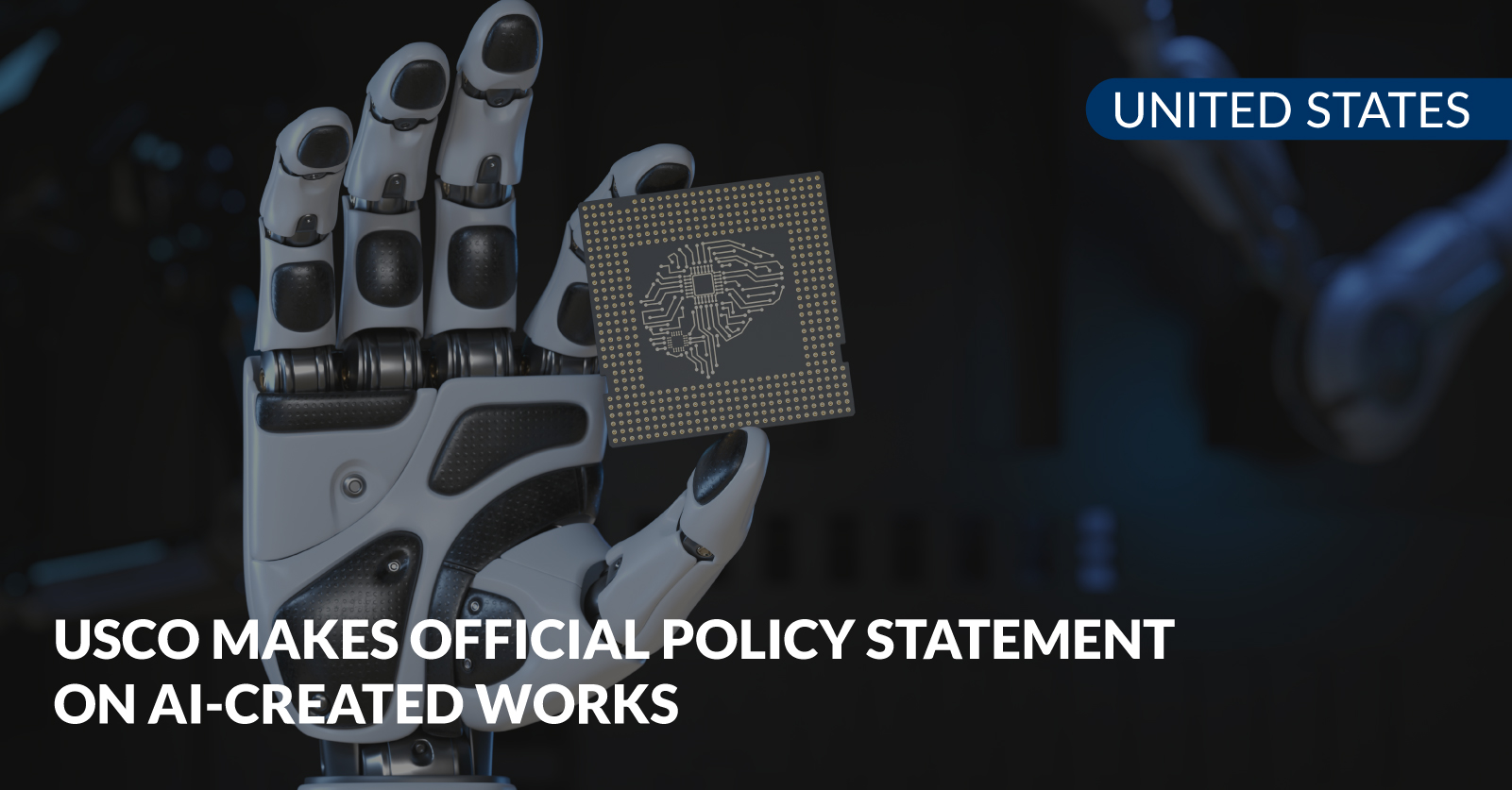Additionally, a roadmap was established through which the percentage of human contribution of each work will be analyzed to determine the scope of protection, and it was emphasized that this protocol does not imply the impossibility of creating with the assistance of these types of tools, although their use will represent a risk and will be subject to careful scrutiny in order to protect third-party rights and to maintain the principle under which copyright exists for human creations, not artificial ones.
Therefore, those who make art using AI tools must prove to the USCO a human selection and the order of the elements produced, so that certainty exists a new work is tangible from what is created by the platform.







